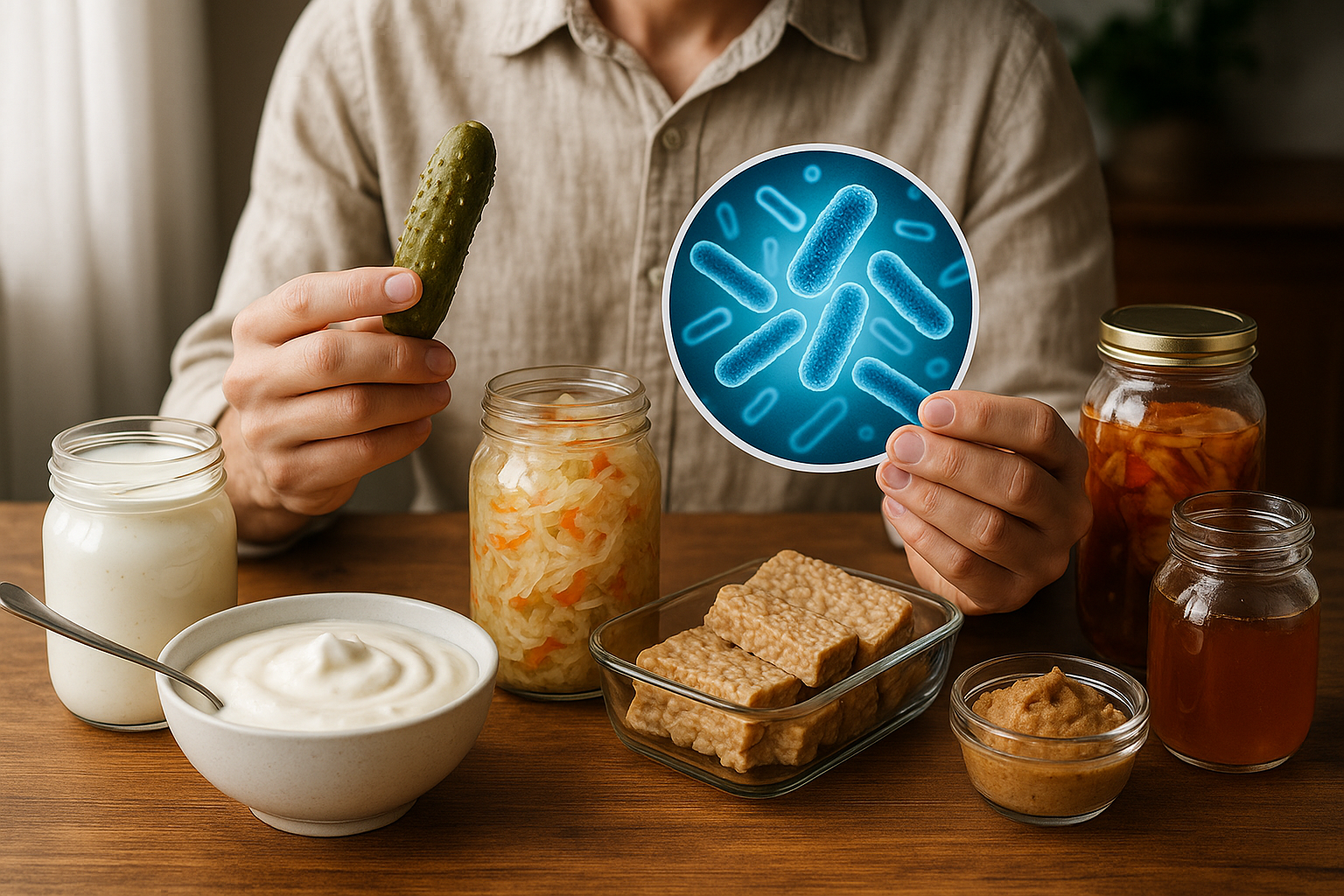Practical meal strategies for balanced energy throughout the day
Sustaining even energy across the day is achievable with simple, consistent meal planning and mindful food choices. This overview highlights balanced plates, sensible portion control, hydration, and timing strategies that support overall wellness without restrictive rules. Learn practical, food-science informed steps to design meals that keep energy steady from morning through evening.

Sustaining steady energy from morning to evening depends on consistent meal planning, balanced nutrient distribution, and small but reliable habits. Rather than focusing on single “miracle” foods, practical strategies emphasize combining macronutrients, prioritizing micronutrients with good bioavailability, and aligning meal timing with activity patterns. These approaches help avoid large blood sugar swings and support overall wellness while remaining adaptable to individual preferences and schedules.
This article is for informational purposes only and should not be considered medical advice. Please consult a qualified healthcare professional for personalized guidance and treatment.
Meal planning for steady energy
Effective meal planning reduces the likelihood of energy crashes caused by skipped meals or quick sugary fixes. Structure a day around three main meals and one to two small snacks if needed, spacing them to suit your routine and activity level. Preparing components in advance—cooked grains, roasted vegetables, portioned proteins—makes healthier choices convenient. Aim to include a balance of whole foods, fiber, and hydrating foods in each meal to support sustained energy and overall wellness.
How to balance macros each meal
Distributing macros (carbohydrates, protein, fat) across meals supports hunger control and metabolic stability. Aiming for moderate protein at each meal helps preserve muscle and promotes satiety, while pairing carbohydrates with fiber and a modest amount of fat slows glucose absorption and reduces sharp energy swings. For many people, combining legumes or lean proteins with whole grains and vegetables creates a balanced macro profile that fuels daily activities without causing prolonged post-meal fatigue.
Micronutrients and bioavailability matters
Micronutrients like iron, B vitamins, magnesium, and vitamin D play clear roles in cellular energy production and cognitive function. Sourcing these from whole foods—leafy greens, legumes, nuts, seeds, dairy or fortified alternatives, and fish—provides nutritional variety. Pay attention to bioavailability: for example, vitamin C–rich fruits or vegetables enhance iron absorption from plant sources. A varied diet that includes different food matrices increases the likelihood of meeting micronutrient needs naturally.
Supporting gut health with fermentation
Gut health influences digestion and nutrient uptake, which can indirectly affect energy levels. Incorporate a range of fibers from whole foods to feed beneficial microbes and include moderate amounts of fermented foods—such as yogurt, kefir, tempeh, or sauerkraut—when tolerated to introduce live cultures. Consistent meal timing and gradual increases in fiber and fermented items tend to be better tolerated than sudden large changes. If persistent digestive issues exist, seek individualized advice from a healthcare professional.
Hydration, phytochemicals, and metabolism
Hydration is a simple but often overlooked factor in perceived energy; even mild dehydration can impair concentration. Drink water regularly and include hydrating foods like cucumbers, melons, and soups. Phytochemicals—bioactive plant compounds in colorful fruits, vegetables, tea, and spices—contribute antioxidant support and may modulate metabolic responses. Incorporating a variety of colorful produce alongside proteins and whole grains adds both phytochemicals and fiber, supporting stable metabolism and overall meal quality.
Portion control and whole foods for consistency
Portion control helps align energy intake with actual needs and prevents post-meal lethargy. A practical plate model is half vegetables, a quarter protein, and a quarter whole grains or starchy vegetables, adjusted for activity level. Prioritizing whole foods over highly processed options typically increases fiber, micronutrient density, and satiety. Plant-based meals can be particularly effective when they combine complementary proteins, healthy fats, and varied textures to maintain fullness and steady energy throughout the day.
Practical meal strategies for balanced energy center on repeatable patterns: planned meals, balanced macros, attention to micronutrients and bioavailability, gut-friendly foods and fermentation, consistent hydration, and mindful portion control. Small, sustainable changes grounded in food science and tuned to individual needs tend to produce the most reliable improvements in day-to-day energy and overall wellness.





